What steps do and where to stop for a one-week trip to Guadeloupe? Here is our idea of itinerary!
French Archipelago on the Caribbean Sea, Guadeloupe consists of two main islands — Grande-Terre and Basse-Terre — and Secondary islands — Marie-Galante, the archipelago of Saints and La Désirade. Peated by nearly 400,000 people, it has an area of 1,628.43 km2 but its biodiversity, very rich and with a high rate of endemism, is threatened by human activity and tourism. Guadeloupe is a tropical climate with an average annual temperature of 27 °C, beaches lined with wet coconut trees by a warm and turquoise-green water all year round, and a contrasting archipelago.
On Bass-Terre, the relief is mountainous and covered with a very dense tropical jungle from which waterfalls and rivers flow, with for peak point The Soufrière at 1,467 metres above sea level. Grande-Terre, on the other hand, is separated by the River Salée, is flat and consists of a barren plain, a sloping and wild coastline to the north and a multitude of seaside resorts and sandy beaches to the south.
With its assets, 650,000 tourists visited Guadeloupe in 2017. Are you also considering a trip to this archipelago? Discover our route ideas for a week in Guadeloupe!
Day 1: Pointe-à-Pitre
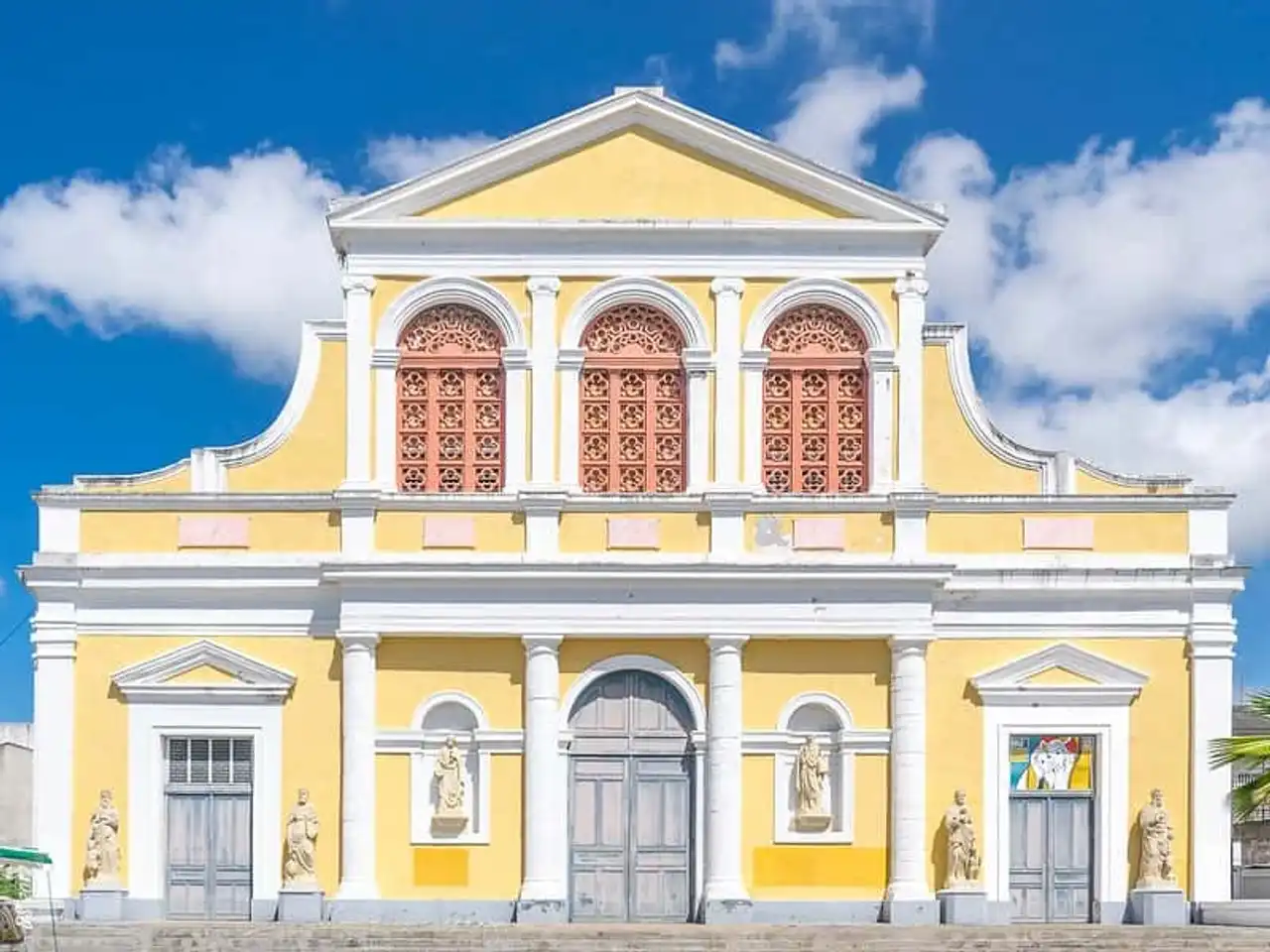
Photo credit: Flickr – Damien Salvatore
Pointe-à-Pitre , this is the city where you will land. You are strongly advised to rent a car – booked online in advance on Rentalcars For example, it’s even better. Being able to drive by its own means allows to make a circuit in Guadeloupe freely, without depending on the bus schedules.
In the city centre of Pointe-à-Pitre, visit the historic district and the port, where monuments and sights are located: the Saint John Perse Museum , the Herminier Museum, the Place de la Victoire, the Darse market , the ACT Memorial, the Saint-Antoine Market (also known as the "spice market").
Then set the course south and east to explore Grande-Terre. The beach of Bas du Fort already looks sublime? You haven’t seen anything yet! The Datcha beach — fine sand and palm trees — and the Gosier city centre are ideal for spending the evening and night. In the evening, enjoy the rums of bars, it’s also a tour in Guadeloupe!
Day 2: Gosier Island
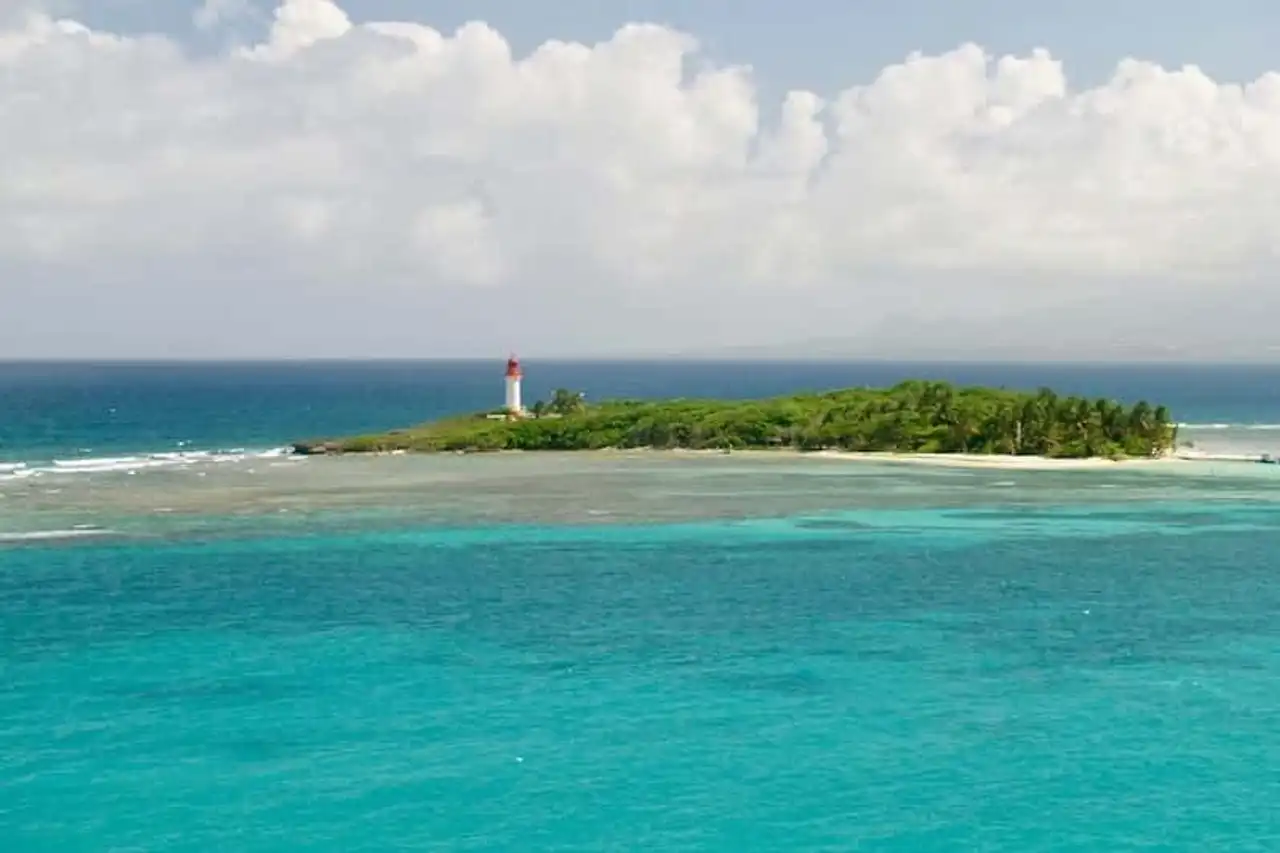
On the second day, heading to the island Gosier , a paradise for making snorkeling and resting on a first day experiencing (travel and visits). The southeast coast of Basse-Terre, between Le Gosier and Saint-François , offers a succession of enfilade beaches where bathing in crystalline water.
Until Pointe des Châteaux , with its small, end-of-the-world air, the beaches are all as heavenly as the others (but also very crowded): Anse Vinaigri, beach of Saint-Félix, beach of Petit-Havre, Anse Canot, beach Sainte-Anne, beach of the Caravelle, beach of Bois Jolan, Anse à la Barque, Anse des Rochers, beach of the Raisdes Cl
The beaches, protected by a coral barrier, allow you to swim safely and you can offer a romantic picnic.
Day 3: Port-Louis and the north of the island
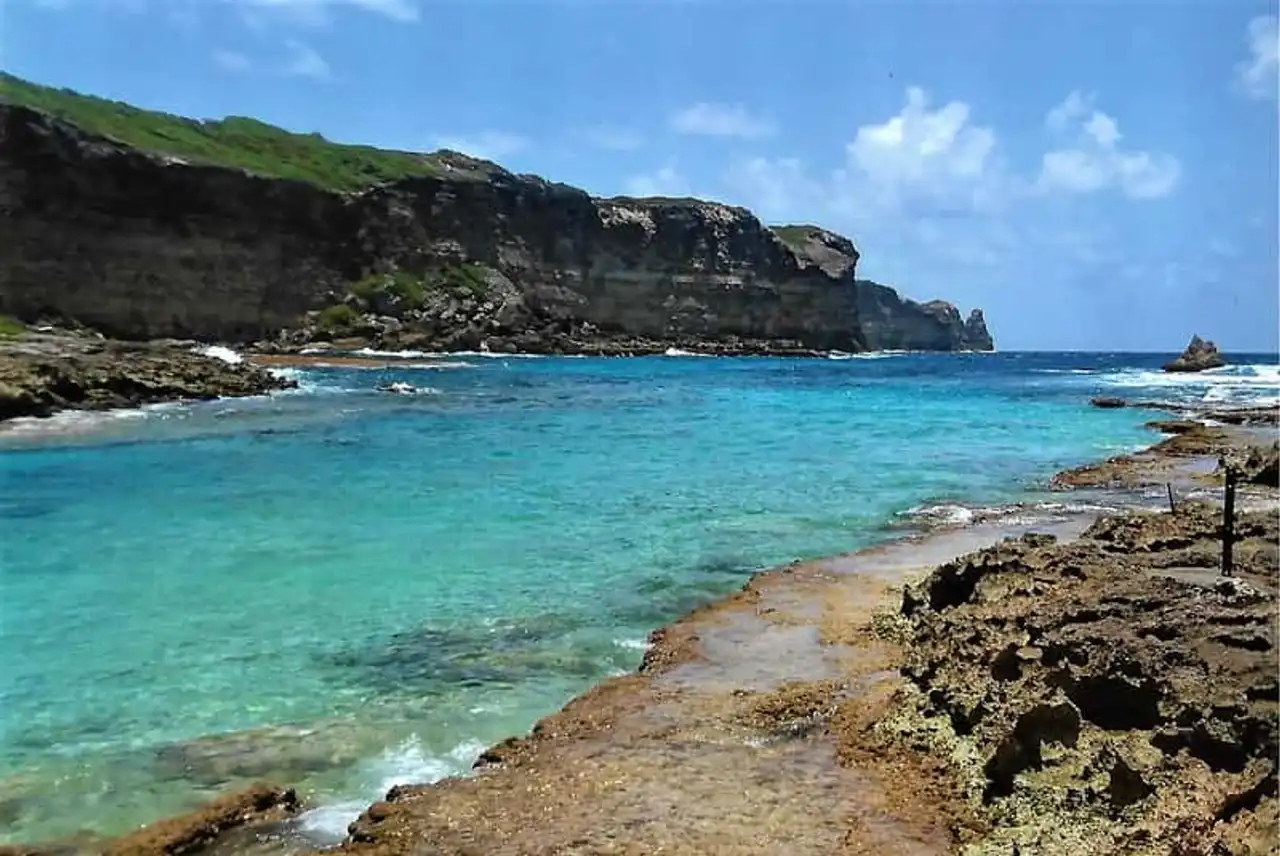
Photo credit: Flickr – omnia_mutantur
For the third day, go for Port-Louis and the north of the island along the east coast! Small picturesque fishing village, Port-Louis is also a former sugar town. There too, the coastline offers postcard decors.
The north coast has its small set of drawbacks: Souffleur beach , Anse-Bertrand , Grande Vigie, a must-see passage Gate of Hell .
To the west you will discover the mangrove and the coral barrier Grand-Cul-de-Sac marine a splendid bay of 15,000 hectares. You can reach the island of Basse-Terre in an hour’s drive from Port-Louis to Petit-Bourg for the second part of the road trip. It will now be mountains plunging into the Caribbean Sea, black or golden sand beaches, with the impression of having changed countries.
Day 4: Soufrière
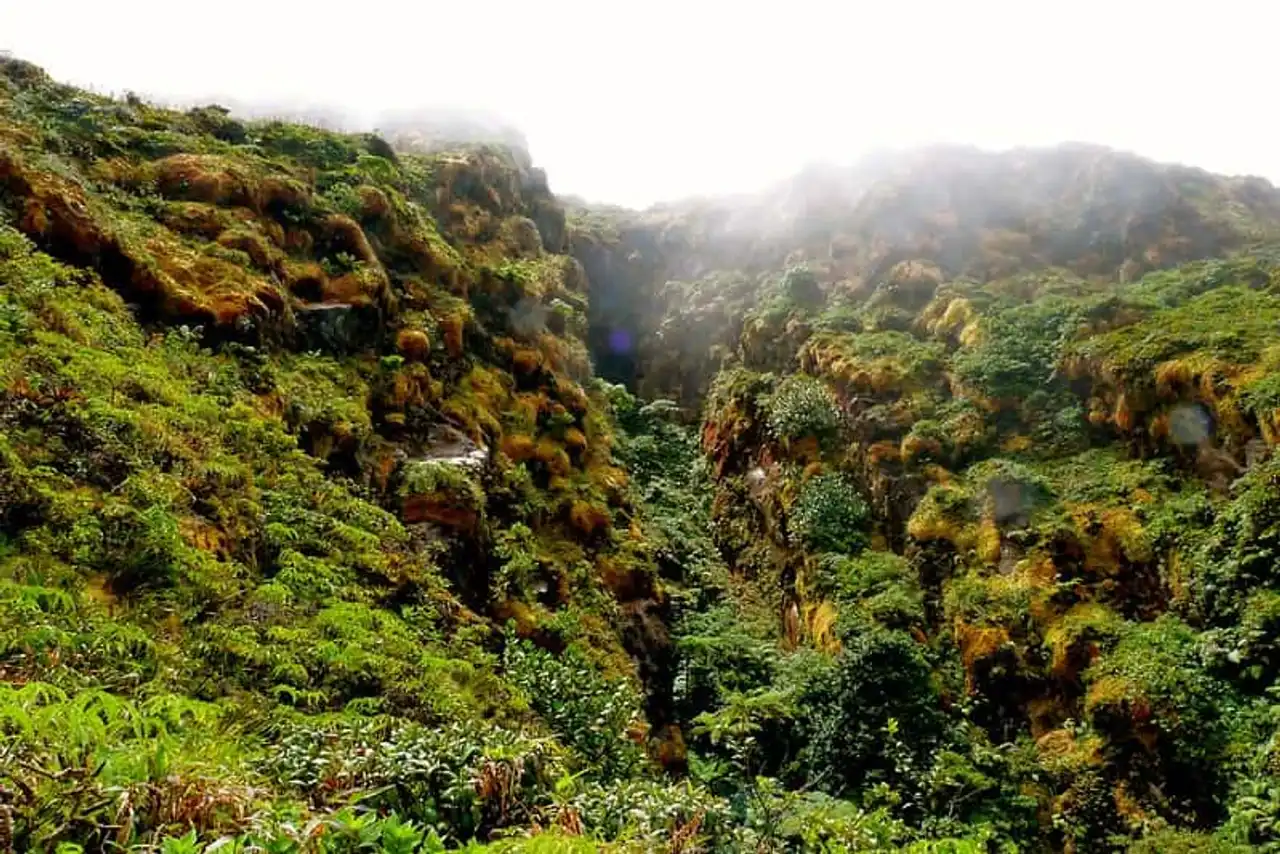
Photo credit: Flickr – Alexia Boulot
Now that you've rested well on the beaches, it's time to heat the calves! This is the time to climb the emblematic volcano of the island, a must for visiting Guadeloupe: Soufrière the highest peak of Guadeloupe and the Caribbean.
Leave early in the morning to enjoy the good weather and explore the sides of the volcano. The latter is described as one of the most interesting sites in the National Park of Guadeloupe. The summit, named The Discovery , is a lava dome of 900 meters in diameter at its base, with mouths from which the sulphurous vapours of the innards of the Earth come out. Up to 1,100 metres, the volcano is covered with dense tropical vegetation, which replaces wet maquis after 1,100 metres. At the top, observe the bromeliads that grow and resist the hostility of volcano gas.
But above all, enjoy a breathtaking 360° view of the mountains north of Basse-Terre. You will also see the Petit Cul de Sac Marin, the Grande Terre, the South of Basse-Terre, the Caribbean Sea, the surrounding islands — the Saintes, Marie-Galante — and even Dominica!
Do not miss the hot baths of Matouba at 1,067 meters above sea level during the descent. Since 2015, showers spilling water nets at a temperature of 50 °C. An idea is to sleep in the village of Goyave, east of the volcanic massif: to have access to the beaches especially in the evening!
Good to know.
Hiking is noted difficult on application Alltrails (The Bible of hiking!) : 6,37 km, for about 3 hours walking.
Day 5: the Falls of the Carbet
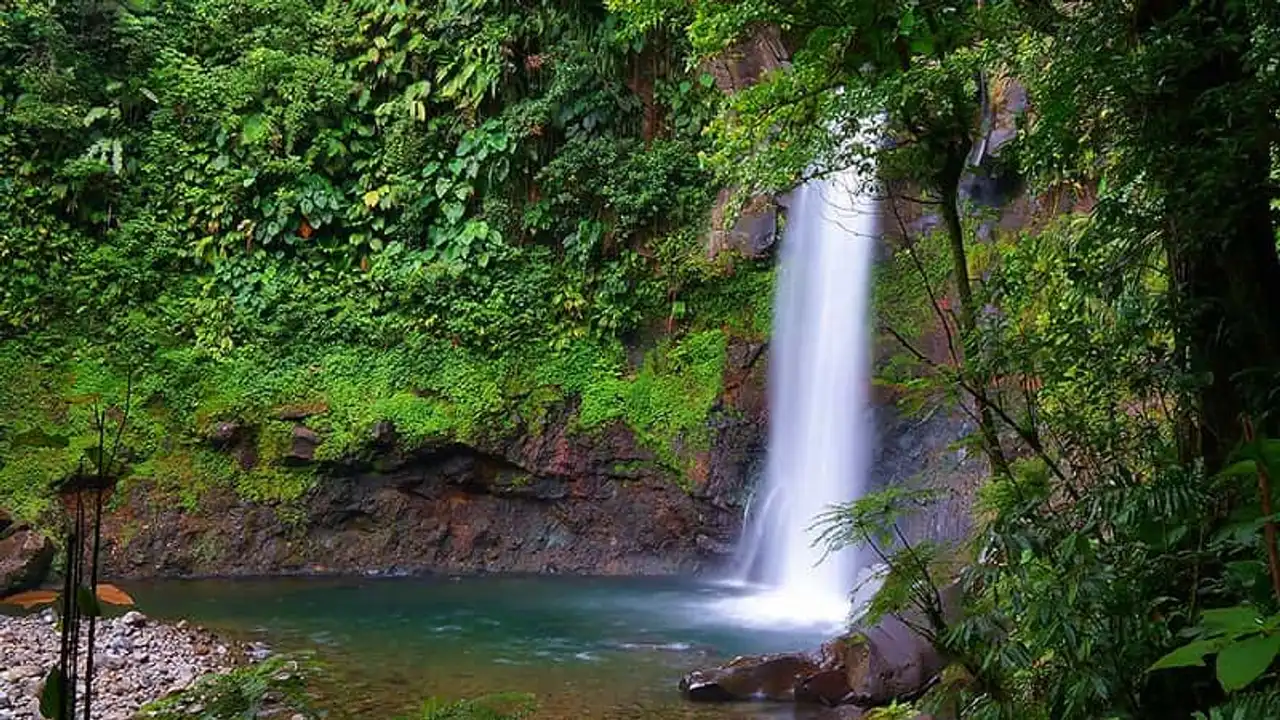
Photo credit: Flickr – Alexandre Briand
After a well-deserved night Goyave , go for them Falls of the Carbet ! Succession of three waterfalls pouring into the Grand Carbet River, in the middle of the Soufrière wetland, they are a must when you choose to visit Guadeloupe.
- The first fall, the tallest, is 115 meters high and is accessible by a steep path.
- The second fall, it is accessible by a concrete path (for false hikers...) and is logically the most frequented.
- The third fall, located in the commune of Capesterre Belle Eau(outside the National Park of Guadeloupe), is accessible thanks to a pleasant forest path arranged by the NFB.
The east coast of Basse-Terre has several small beaches where to stop and which are worth a look:
- The beach of Viard, located south of Petit-Bourg, offers a sublime view of the Grande-Terre and the Little Sea Ass.
- Sainte-Claire beach, wide band of volcanic sand equipped with carbets, is pleasantly ventilated and perfectly suited to family outings.
- The beach of Roseau, considered to be one of the most beautiful of the eastern coast, consists of small artificial years with a shaded shoreline.
After you are pre-sealed on the beaches, then take the road to the south coast of the island. Go through the city of Basse-Terre, Trois-Rivières - where Museum of Banana is to be done — and taste the Guadalupian culinary specialties. It would be a shame not to enjoy local dishes during your tour in Guadeloupe.
Good to know.
– Warning: with near 400,000 visitors per year (i.e. 1,095 visitors per day) is one of the most frequented sites on the island.
- When you rest in the shade of a tree on a beach, always pay attention to coconut trees. Do not stack yourself under the trajectory of a free-fall coconut!
Day 6: Town of Bass-Terre
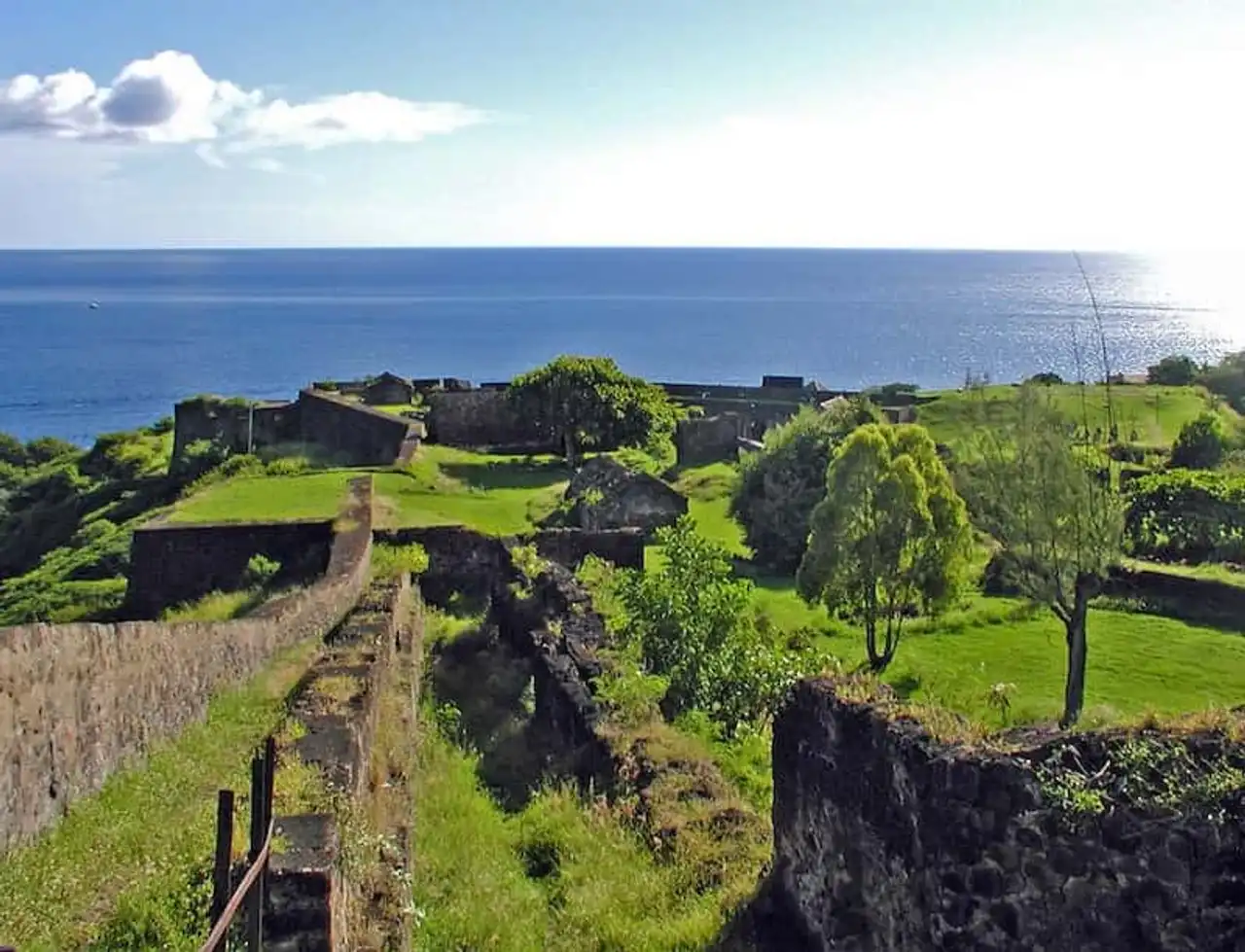
Photo credit: Flickr – Daniel Jolivet
In the area for your last day, enjoy the south coast and the west coast of the island. Starting with a thorough visit to the city Bass-Terre .
- Visit the monuments of downtown
Like the Notre-Dame-de-Guadeloupe Cathedral , Champ d’Arbaud , the square Pichon, and the former largest sugar factory in Basse-Terre: Distillerie Bologna (closed at 1:30 p.m.)
- Go see him. Fort Delgrès
Fort of the 17th century, classified as Historical Monument, he was the theatre of Franco-English wars to acquire sovereignty over the island.
- Walk to the Jardin Botanique de Basse-Terre
Created in 1820, it is a permanent exhibition site on the island biodiversity that allows you to enjoy a green setting in the city.
On your way northwest, do not miss the Reservation , a protected marine space, to Boiler and Pointe-Noire , between beach of Malendure and islandts Pigeon . Discovered in 1959 by the Commander of La Calypso, it is a marine reserve to protect fish species (corals, gorgones, Neptune brains, sponges, tropical fish, lobsters, marine turtles). Today, it is one of the most beautiful sites in diving in Guadeloupe . You can watch underwater life by practicing kayaking, snorkeling or the boat.
Day 7: Deshaies and Sainte-Rose
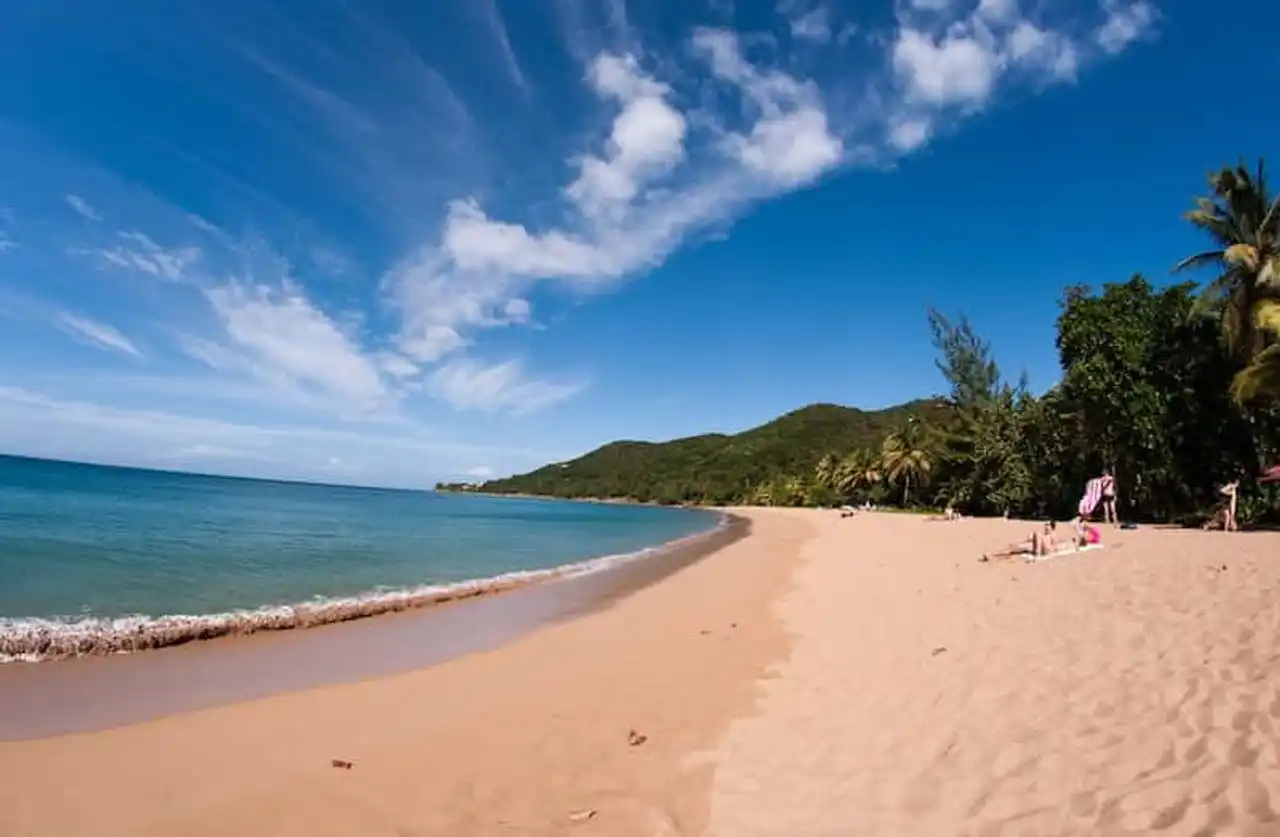
Photo credit: Flickr – Romain Decker
It is unfortunately the last day of the circuit in Guadeloupe, but there are still things to do!
To Deshaies and Sainte-Rose , on the way back to Pointe-à-Pitre, enjoy the many paradise beaches:
- Grande-Anse, stretch of sand in circle arc over more than one kilometre, lined with coconut trees.
- The Pearl (near Pointe Rifflet) and its stunning views of Montserrat Island.
- The beach of Amandiers and its calm water for an idyllic swim.
- L’Anse Vintyonly accessible on foot.
If you still have time before taking the plane, it may be an opportunity to visit the Rhum Museum - Reimonenq Distillery - in Sainte-Rose. The tour of the distillery allows you to discover the distillation columns, the chais and the iconic bottles of the brand, made by the distillery and reimonenq stamps. The Museum attracts thousands of visitors every year.
And here, your tour in Guadeloupe is over (our programme is ambitious, but indicative), so you can only take the road back to Pointe-à-Pitre International Airport ( 26 kilometers from Sainte-Rose) to return your rental car!
Also:
- Is renting a car in Guadeloupe during your holidays necessary?
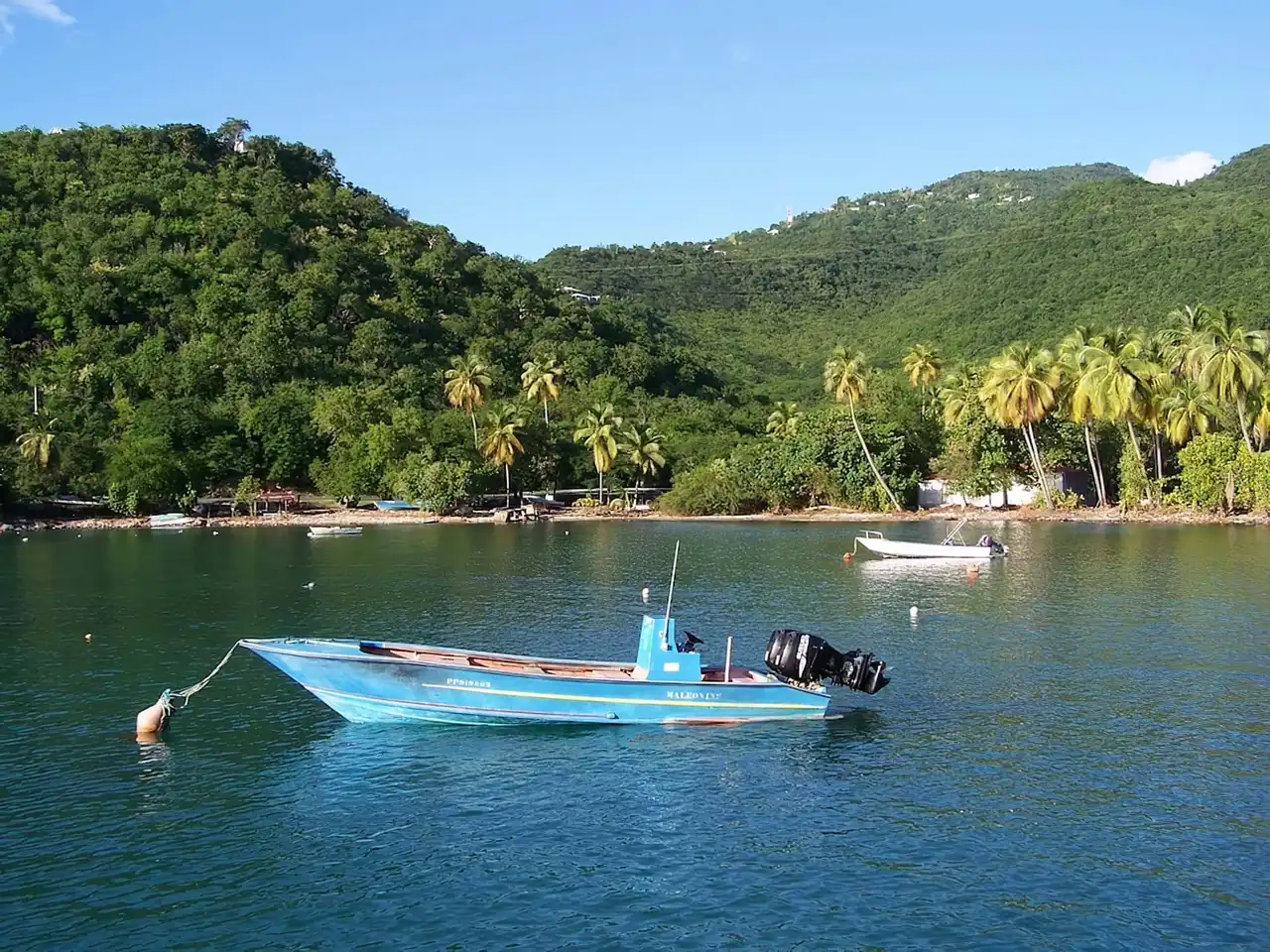




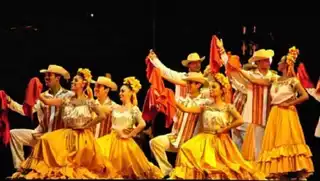
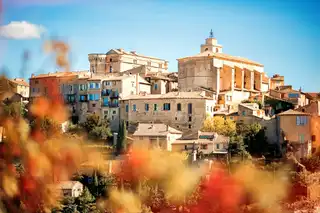
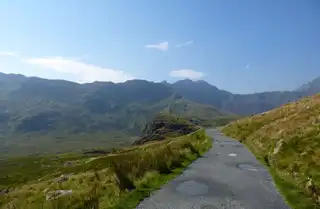
Loading comments ...